The Energy Gap in Plant-Based Performance
A well-planned vegan diet is a powerhouse for health and endurance. It's packed with vitamins, minerals, and fiber that support overall wellness. But when it comes to explosive, high-intensity exercise, there's one compound your body can't get from plants: creatine. Found almost exclusively in animal tissue, creatine is a key player in rapid energy production.
This means athletes on a plant-based diet naturally start with lower creatine reserves in their muscles. This isn't a flaw in your diet; it's a simple biological fact. We've all felt it—that moment in a workout when your explosive power just vanishes. You know you have another rep in you, but the muscles won't fire with the same force. This experience is a common reason people seek out vegan supplements for muscle fatigue.
Think of creatine monohydrate as a strategic tool to close this specific nutritional gap. It’s not about fixing something that's broken but about optimizing an already healthy lifestyle. By supplementing, you can ensure your muscles have the fuel they need to match your ambition, rep for rep.
How Creatine Fuels Your Muscle Power

So, how does this actually work inside your muscles? Let's break it down without the complicated chemistry. Think of a molecule called Adenosine Triphosphate, or ATP, as the high-octane fuel for your muscles. It powers every explosive contraction, from lifting a heavy weight to sprinting off the line.
During intense, short-duration exercise, your body burns through ATP at an incredible rate. As it's used, it turns into Adenosine Diphosphate (ADP), which you can picture as an 'empty battery.' This rapid depletion of ATP is a primary reason you feel that immediate muscle fatigue and can't push any harder.
This is where creatine phosphate enters the picture. It acts as a rapid recharger for your muscles. It generously donates its phosphate molecule to that 'empty' ADP, instantly converting it back into a fully charged ATP molecule, ready to go again. The more creatine you have stored in your muscles, the faster and more often this energy recycling process can happen during a workout set.
This rapid energy recycling is one of the core creatine benefits that scientists have studied for decades. It directly translates to being able to push out that extra rep or hold a sprint for a few seconds longer before fatigue sets in. It’s your personal energy reserve for when you need it most.
The Performance Edge for Vegan Athletes
While creatine benefits all athletes, the performance shift can feel especially profound for those on a plant-based diet. It comes down to your starting point. Think of your muscle creatine stores as a fuel tank. Omnivores, who consume creatine through meat and fish, start with a tank that's already mostly full.
Vegans, on the other hand, start with a tank that has much more room. When you supplement, you're not just topping off the tank; you're filling it up from a lower baseline. This means the increase in strength, power, and endurance can be more noticeable. Research published in PubMed Central has consistently shown that vegetarians have lower intramuscular creatine concentrations, and supplementation effectively corrects this difference.
For creatine for vegan athletes, it’s about closing a known nutritional gap and seeing a significant return on your supplementation. You're giving your muscles a tool they were missing, which can lead to tangible results in the gym.
| Factor | Vegan Athlete | Omnivorous Athlete |
|---|---|---|
| Dietary Creatine Intake | Virtually zero | 1-2 grams per day |
| Baseline Muscle Stores | Lower | Higher (near saturation) |
| Supplementation Response | High potential for increase | Moderate potential for increase |
| Primary Benefit | Significant boost in strength and power | Maintains saturated levels for peak performance |
Your Daily Creatine Supplementation Plan

Getting started with creatine is refreshingly simple. There's no complex protocol needed to see results. Here’s a clear, actionable guide on how to take creatine monohydrate effectively.
- Keep It Simple: The most proven method is taking a daily maintenance dose of 3-5 grams of creatine monohydrate. That's it. One small scoop a day is all you need to saturate your muscles over time.
- To Load or Not to Load? You might hear about a 'loading phase'—taking about 20 grams daily for a week. This works to saturate your muscles faster, but it's not necessary. A consistent 3-5 gram daily dose will achieve the exact same result in about three to four weeks. Patience and consistency are key.
- Timing Isn't Everything: When should you take it? The honest answer is: whenever you'll remember to take it consistently. While some studies suggest a minor benefit to taking it post-workout with carbohydrates, consistency is far more important than timing. Pick a time that works for you and stick with it.
- Hydrate, Hydrate, Hydrate: This is crucial. Creatine works by pulling water into your muscle cells. To help it function properly and to support your overall health, make sure you are drinking plenty of water throughout the day.
For more answers to common questions about supplementation, our FAQ page is a great resource.
Pairing Creatine with Plant-Based Protein
Creatine and protein are the ultimate workout partners, but they have very different jobs. Understanding their distinct roles helps you see why they work so well together for muscle growth and recovery.
Think of it this way:
- Creatine is the energy crew. It provides the rapid energy that allows you to lift heavier, perform more reps, and push harder during your workout. This creates a stronger stimulus for muscle growth.
- Plant-based protein is the repair crew. It provides the amino acids—the essential building blocks—needed to repair the muscle fibers you broke down during that hard work and build them back stronger and bigger.
They work as a team. Without the extra work fueled by creatine, there's less of a signal for the protein to get to work. And without enough protein, the recovery from that intense workout is compromised. The easiest way to combine creatine and plant protein is to mix your daily dose of unflavored creatine directly into your post-workout shake. It mixes perfectly into a shake, like one made with our Chocolate Vegan Protein, to cover both your energy and recovery needs in one simple step. If you're looking for more ways to get your protein in, check out these easy vegan protein recipes.
Choosing a High-Quality Creatine Supplement
When you look for a creatine supplement, the choices can seem overwhelming. But for creatine, the best choice is often the simplest one: creatine monohydrate. It is by far the most researched, scientifically proven, and affordable form available. Be wary of newer, more expensive forms that promise better results but lack the decades of robust evidence that backs monohydrate.
Safety is always a top priority. According to the Mayo Clinic, creatine is generally considered safe for long-term use in healthy people when taken at recommended dosages. To ensure you're getting a good product, look for third-party testing. Certifications from organizations like NSF Certified for Sport or Informed-Sport mean an independent lab has verified that the product is pure, potent, and free from contaminants.
This final check is a key step in your plant based muscle recovery journey. To ensure you're getting a pure and effective product, consider a third-party tested option like our Beyond Good Foods Creatine Monohydrate. If this guide was helpful, feel free to share it with your plant-powered friends in your fitness community!



